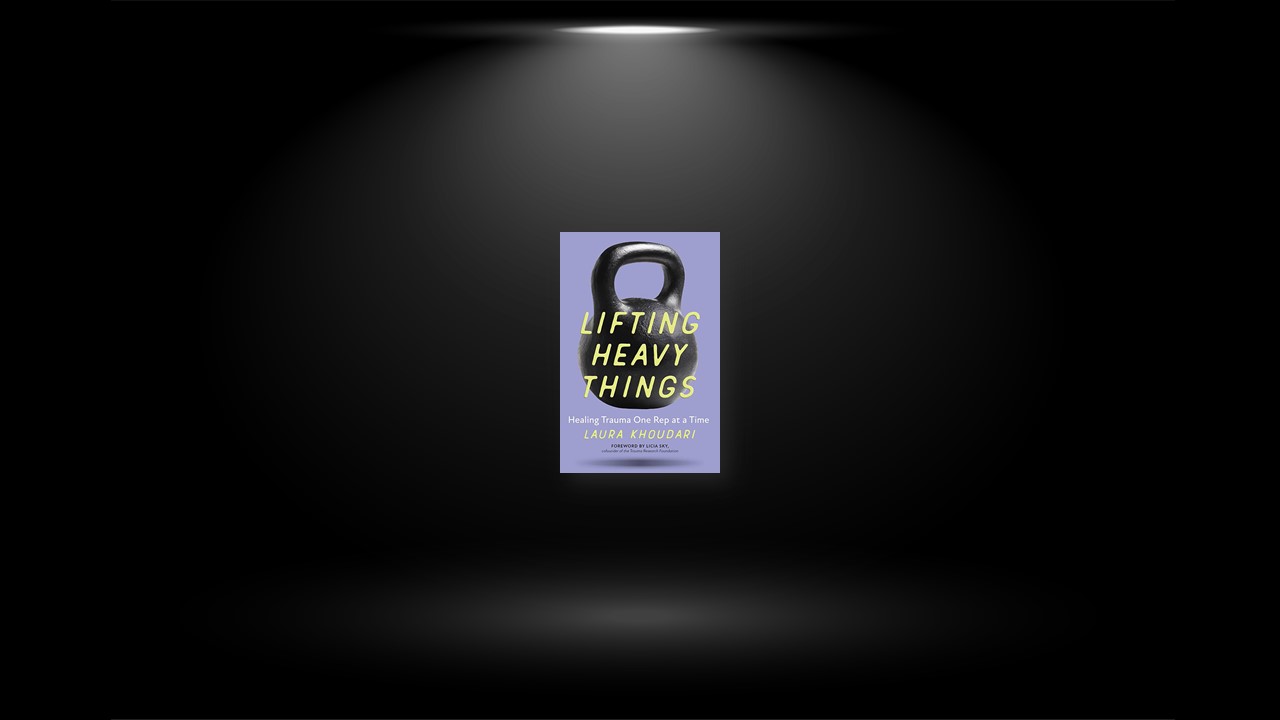Reflect on the Habit of Negative Self-Talk
Negative self-talk about your body undermines your efforts to heal. Healing requires some self-compassion, and your internal Eric makes it damn near impossible to be kind and gentle with yourself. This habit of kindness is actually a daily practice in not doing something—in this case, not saying mean things to yourself. It sounds odd at first, but this is how the author began to undo the damage from bullies and make space for self-acceptance and love.
WHAT YOU WILL NEED: A mirror, preferably one that allows you to see your whole body at once. A journal or a piece of paper. A writing instrument.
DURATION: 5 minutes a day for at least 21 days.
1.After you get dressed in the morning or near the start of your day, perhaps after some self-care, look at yourself in the mirror for about thirty seconds, and notice your thoughts about what you see.
2.If you have a positive thought, say it aloud to yourself and take a moment to notice any feelings that come up.
3.If you have a negative thought then acknowledge that you had a negative thought, but don’t repeat it.
4.Take up to four minutes to record your experience and any meaning or observations you make of it.
5.If you are in therapy, it may be helpful to process the experience of doing this exercise with your therapist.
Settle and Integrate
Processing trauma is heavy lifting and it can provoke moments of nervous system arousal. After spending time and energy processing a piece of your trauma, no matter the modality you use, the author strongly urges you to take a moment to settle your system, find some calm, and make space to integrate the work you’ve done before moving on.
1.Take a moment to feel yourself being supported by your seat or the floor beneath you. If you’d like, take a breath, inhaling and exhaling through your nose. You will now move through a sequence of hand-to-body positions. Spend twenty to thirty seconds in each, or however long feels right to you.
2.Close your eyes and, with your palms to your face, fingers pointing up, place the heels of your hands on your eyes or cheekbones (whichever feels better) and let your fingers rest on your forehead.
3.Next, with your eyes open or closed, cup the center of your forehead with one hand while cradling the back of your head with the other, applying equal amounts of gentle pressure. Let your fingers point wherever feels natural.
4.For the third position, bring your hands to your shoulders, either by crossing your arms over your chest and placing your hands on opposite shoulders, or by placing each hand on its respective shoulder and lowering your elbows. Apply gentle downward pressure.
5.Next, bring your hands to your back, near your waist if possible, and support the back of your body.
6.For the final position, bring one hand to your forehead and the other to the center of your chest, providing support to the front of your body.
End with your hands in an easy position, perhaps prayer, with your chin somewhat tucked. Feel for either your breath on your fingertips or sensations in and around your hands. Thank yourself for taking this moment to provide yourself with support and care.
Push Away
All strength exercises involve a push, a pull, or sometimes both, and training in both actions is important for your physical health and wellbeing. Pushing can teach us how to say no with our bodies, while pulling can teach us how to reach out and ask for more, which is just another form of agency.
clients often have a hard time feeling into their boundaries and are uncertain of what it feels like to push away requests and demands that impinge on them. For those clients, we work on literal pushing as a way to practice that kind of interoception and action impulse across other areas of their lives.
1.Stand facing a wall at arm’s length. Reach forward and place your palms on the wall, slightly wider than shoulder-width apart.
2.Bend your elbows, bringing your body close to the wall like in a half push-up. Your elbows should bend so that your upper arms make a 45-degree angle (or smaller) with your body. Support yourself by lightly contracting your glutes and abs.
3.I invite you to notice how close the wall is and feel it meeting the palms of your hands. Notice which sensations come up in your body.
4.When you’re ready, shove the wall away from you with just enough force to stand up. If you push so hard you fall backward a bit, practice controlling your push to find the right amount of effort to come to a stable standing position.
5.Once upright, take a moment to notice the space between you and the wall again. Notice any shifts in your body.
6.Repeat three to five times.
7.Take a few minutes to record your experience and any meaning or observations you make of it. If you are in therapy, it may be helpful to process the experience of doing this exercise with your therapist.
Steady-State Cardio for Active Recovery
Getting your body ready to recover after the stress of a workout, or even the stress of a hard day, is an important practice for promoting a healthy nervous system. Steady-state cardio is an excellent active way to do this, and the author often use it as a form of active recovery with her clients.
If you’re doing this as a cool down at the end of your workout, ten minutes is a great duration to start with. Of course, if ten minutes feels like too much work, start with less and work toward ten minutes. Add an additional minute each week, or every two to three sessions, until you get to ten.
You can also use steady-state cardio as a standalone practice. The author often encourage clients with high-stress lives, chronic fatigue syndrome, or sleep disorders, to go for walks, do some yoga, or take a twenty-minute bike ride on days they don’t strength train. This practice encourages the nervous system to move from a slightly aroused state to a restful one. For caregivers or people who want to use their free time to socialize, the author suggests you bring along someone who is interested in joining you, which can further add to the restorative nature of the activity.
Not everyone can find relaxation in stillness. If this is you, or you’re having trouble finding relaxation and haven’t given cardio exercise a try, the author suggests you try this out for a couple of weeks and see how you feel after a workout and on non-training days.
Get Curious About Your Strengths
Your strengths help you handle the stresses of life and engaging with your strengths also makes your life more fulfilling. Strengths aren’t just things you’re good at doing, but things you enjoy doing naturally and consistently. They are a good place to draw inspiration from if you want to embark on a new practice but don’t know where to start. Focusing on your strengths is also useful for trauma work, since it gets you out of feeling stuck in a sense of weakness or pain and into a feeling of empowerment.
Once you know your strengths, you can begin to figure out how to leverage them to lift whichever heavy things need moving in your life. Take a moment to feel yourself being supported by your cushion, chair, the floor, or wherever you’re sitting. Really allow your weight to fall into the ground. Now begin by answering the questions below:
1.Out of everything you do in a given week, what do you enjoy doing the most?
2.Out of everything you’ve ever done, what did you enjoy the most?
3.What have you done in your life that came easiest to you, or felt the most natural?
4.Which tasks or practices do you consistently do now? Describe them.
5.What steps do you take to do them? What time or day of the week do you do them? What do you like about doing them?
Look at this list. Notice the traits, skills, and activities you have mentioned. These are some of your strengths—things you enjoy and do naturally, because you want to. With this list in hand, identify a kind of movement practice that you might associate with these traits, skills, or activities. Sometimes the translation is more obvious, such as enjoying listening to music or playing an instrument turning into a love of dance. Others are less obvious, but infinite connections are possible: perhaps you enjoy and excel in working collaboratively, which could translate to an intramural sport or group cross-training. Make sure to note whether any of your current practices are embodied, as you may find that certain tasks you already do demand a level of bodily awareness. Are any of these tasks empowering and do they increase your sense of agency?
As you contemplate these possibilities for movement, notice how you feel inside. Which activities spark a sense of curiosity and enjoyment? You’ll probably have a more positive instant response to some ideas than others.
When you have identified one or more activities you feel open to trying, begin researching what you’ll need to get started. You may also want to refer to your original intake form, which includes the conditions you’ll need for your practice. And please remember, it’s more than okay if you try something new and it doesn’t work out for you. Stay curious, let it go, and try again.


